#afonso
Text

Afonso
31 notes
·
View notes
Text
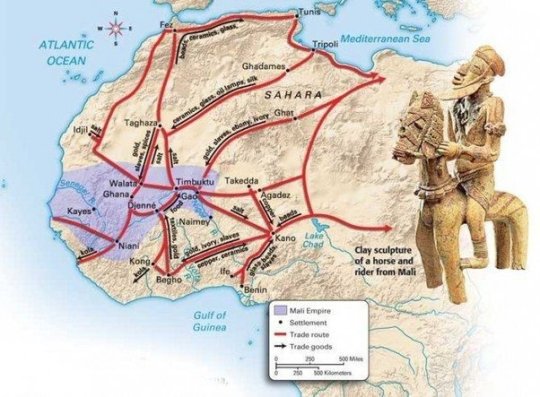
What do great civilizations have in common?
"What common attributes do great civilizations share? They typically possess access to both local and global markets, the capacity to attract a diverse population eager to settle for the purposes of commerce and education, accepting influence and reflecting influence, I will use African examples, but this is true the world over.
There was a saying "To cure mange for a camel, use bitumen; to cure poverty, go to the Sudan." this was said at the time of the Wagadu or Ghana empire when great trading trains were crisscrossing the Sahara, both the Wagdau and Gao were mentioned as the richest kingdoms in the world and their Kings the most wealthiest beyond compare, this was hundreds of yrs before the now famous Mansa Musa of Mali, it’s ultimate successor.
These conceptions do not need to extend outside the continent although the more extensive the better, example.
These connections between West and West-Central Africa to the world are anathema to historical traditions in which ‘Africa” s isolation from the rest of the world, before contact began with Europeans, is assumed. But they emerge from a number of factors. As the historian Jan Vansina showed, similar techniques in wood-carving found from Yorùbá regions as far south as Loango suggest shared techniques and exchanges. Seventeenth- and eighteenth-century carvings from the Kuba kingdoms depict the playing of warri, a game found widely further north in West Africa, as well as in East Africa.
Other evidence suggests that these exchanges then interconnected with the long-distance routes linked to the Sahara – and these patterns may in turn have influenced how the Kongolese reacted when the Portuguese first arrived in the 1480s.
Kongo’s connection to long-distance trade routes is the only logical explanation for how sugarcane – long cultivated in the eastern Mediterranean and in the Arab worlds – grew in Kongo before the Portuguese arrival.
Long-distance trade can also help to explain the use of a shell currency in Kongo (the nzimbu), for the use of the nzimbu surely was not unrelated to the experience of the use of the cowrie-shell currency in West Africa and the Sahel; the Kalahari regions to the south were connected to the Indian Ocean trade by perhaps the ninth or tenth century, and cowries may have been involved in this trade – which offered a route for this influence to spread to Kongo addition, there seems to have been an important spiritual dimension that connected the forest Kingdom of Kongo with that of Benin to the north, for it is noteworthy that both Edo and Kongo peoples (and, indeed, peoples of the Kingdom of Ndongo in northern Angola) used diamond-shaped crosses as a religious symbol prior to the arrival of the Portuguese. In Kongo, the ‘cosmogram’ connected the worlds of the living and the dead, and was used widely on textiles and bowls used for daily life, as well as later in Christian art.
The use of the cross as a religious symbol among the Edo also suggests some cultural and perhaps commercial connection between Edo and Kongo peoples, as does the shared use of shell currencies, similar wood-carving techniques and the presence of sugarcane in Kongo, since all had likewise existed in Benin prior to the Portuguese arrival.
Yet how did these connections develop, in a region famous for its thick forests and swamps? As we have seen in other parts of the continent, rivers and seaways were roads. Many peoples along the coasts of West-Central Africa were good boat-builders, with the Vili of Loango remarked upon as such by the Portuguese in the sixteenth century. There were fishing groups to be found everywhere, and their skill in making seagoing ships is shown by the presence of Bubi peoples on the Island of Bioko by the time the Portuguese arrived in the fifteenth century.
But The idea that Europeans ‘brought’ seafaring to Africa must also, therefore, be challenged. Thus, it was most likely through African navigators that related religious and aesthetic practices grew up; and when the manikongo Afonso I wrote in 1526 of a number of traders from Benin resident in the Kongolese port of Mpinda, it is possible that they found their way there in local embarkations rather than through Portuguese networks.
The Kongo ‘cosmogram’ Kongo may not, therefore, have been as isolated from other parts of West Africa as has hitherto been supposed.
From the book A Fist Full Of Shells, By Toby Green
#african#afrakan#kemetic dreams#africans#afrakans#brown skin#brownskin#african culture#ghana#mpinda#kongolese#kongo#europeans#great countries#ancient civilizations#civilization#great civilization#afonso#benin#edo#sahara#mansa musa#wagdu#sudan#ta seti#north africa#a fist full of shells#toby green#west africa#mali
36 notes
·
View notes
Audio
(Sérgio Afonso)
0 notes
Video
Procissão de Santo Afonso por João Otavio Dobre Ferreira
#procissão#SantoAfonso#santo#Afonso#festa#liturgia#Paróquia#igreja#IgrejaCatólica#Iglesia#Church#Fé#faith#creed#Religião#religion#comunidade#community#comunidad#catolicismo#JardimMiriam#SaoPaulo#SP#ZonaSul#ZS#Photography#Fotografia#Foto#Photo#flickr
0 notes
Text

Diogo Afonso by Andy DYO
494 notes
·
View notes
Photo
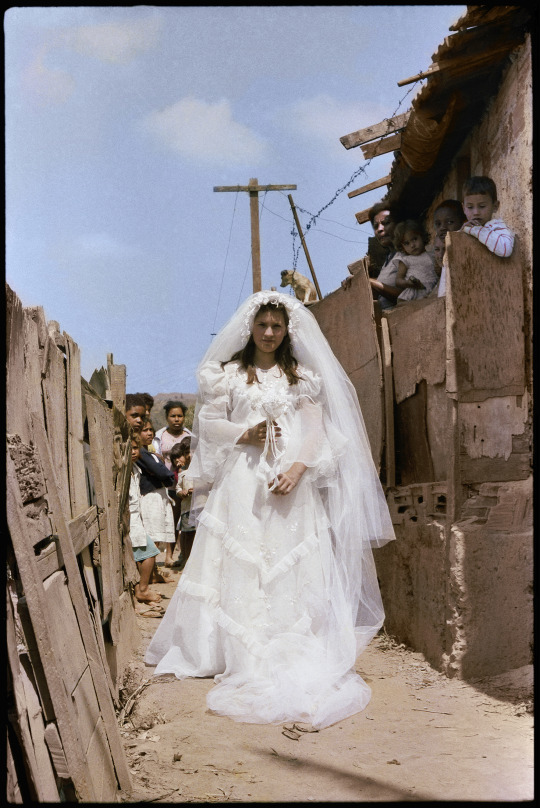
primeira esposa de paulinho, vila marçola, aglomerado da serra, belo horizonte, minas gerais, afonso pimenta
1K notes
·
View notes
Text

50 ANOS 🌹🇵🇹 25 de Abril Sempre 💕
O povo unido jamais será vencido!
For those who don't know, the 25th of April is the date of the Carnation Revolution, in which the Portuguese people came together to overthrow the oppressive f𝗮scist government. This year marks the 50-year anniversary of that achievement! Here's to 50 more years of freedom!
#self portrait#oc#my oc#my art#artists on tumblr#digital art#オリキャライラスト#25 de abril#portugal#portuguese#carnation revolution#grândola vila morena#zeca afonso#josé afonso
124 notes
·
View notes
Text


Transparent iPad by artist Ricardo Afonso
#apple#art#design#frutiger aero#graphic design#ipad#ricardo afonso#skeuomorphism#technology#user interface
132 notes
·
View notes
Text
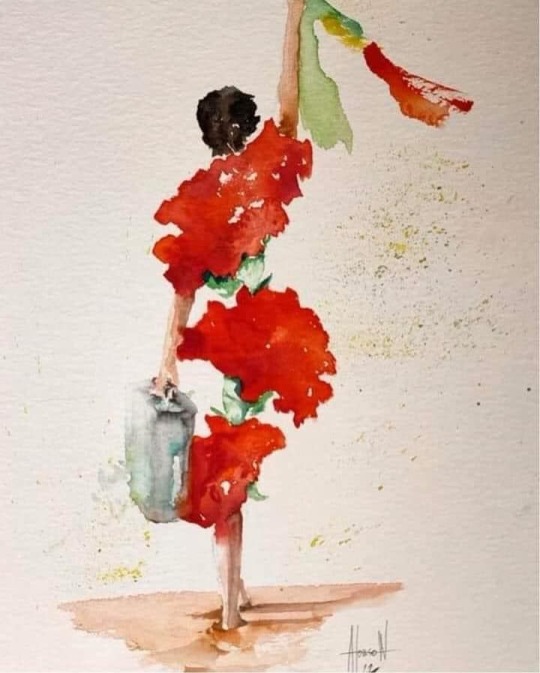
Nathalie Afonso
25 de Abril, sempre!
40 notes
·
View notes
Note
Hello, your art is beautiful❤️ Could you draw Francis? I bet he would look really good in your style🇫🇷

Thank youuuu, have a francis
#he's fighting João Afonso da Silva#lovers to enemies#aph france#hws france#hetalia#aph#hws#got carried away#ask
26 notes
·
View notes
Text

How Portuguese Slave Traders Changed Ethiopia and Congo
Portuguese trading of enslaved Africans affected two major African powers in very different ways.
Between the sixteenth and nineteenth centuries, the slave trade transformed African nations in profound and devastating ways. As historian Fikru Gebrekidan writes, we can see some of the diversity in how this played out by looking at the relationships among three Christian kingdoms: Congo, Ethiopia, and Portugal.
Gebrekidan notes that when Portugal established contact with Congo and Ethiopia around the turn of the sixteenth century, the three kingdoms had much in common, including similar levels of material development, systems of divine kingship, and belief in magic. Both African kingdoms exchanged ambassadors and trade goods with Portugal and sent students and interpreters to Europe.
Enslavement was a common institution around the world at this time, but enslaved people in Africa generally didn’t make up a permanent underclass. They might be war captives, debtors, or those banished from their home society for a serious crime. In Ethiopia, they could gain freedom in various ways, including becoming a priest or a soldier with their masters’ permission. In parts of Congo, they weren’t expected to do more work than free people, could hold office, and might marry into the host society.
But, as Portugal established increasingly strong positions in Africa, the slave trade intensified and changed in its character. Portuguese traders paid no mind to traditional guidelines that allowed enslavement only of people from a social or religious outgroup, kidnapping Africans indiscriminately and sending them to horrific fates in distant lands.

Gebrekidan writes that the increasingly aggressive slave trading affected Congo and Ethiopia very differently. Congo was located in an area often traversed by Europeans, and it was relatively easy for the Portuguese to get military backup from its colonies of Angola and Sao Tome, or even by sea from Portugal. This left the Congolese vulnerable to human trafficking. As early as 1526, Congo’s King Afonso I wrote to King João III of Portugal complaining that slave trading had devastated his kingdom and calling for the Portuguese to cease the practice. But the transatlantic slave trade only intensified.
This transformed slavery within Congo, too. People committing minor offenses might be enslaved within their own society, or they might be sold away to foreigners. The status of slaves became so degraded that leaders sometimes killed captives simply as a demonstration of their wealth and power.
In contrast, Ethiopia’s geography made it less vulnerable to Portuguese forces. This made it possible for Emperor Facilidas to successfully expel the Europeans from the country in 1632. While enslavers wreaked havoc in the East African territories around Ethiopia well into the nineteenth century, the kingdom itself remained relatively stable. And, although it did not participate in the slave trade itself, it profited by taxing enslavers along its outskirts.
The upshot, Gebrekida writes, was that, by the time the scramble for Africa began in the nineteenth century, Congo was destabilized, depopulated, and unable to mount a strong resistance. Ethiopia, on the other hand, successfully staved off colonizers, becoming a symbol of African self-determination.
#african#afrakan#kemetic dreams#brownskin#africans#afrakans#brown skin#ethiopia#portugal#portuguese#congo#gebrekidan#slave trade#afonso#king joao
11 notes
·
View notes
Text
4 portuguese monarchs who might had same-sex relationships:
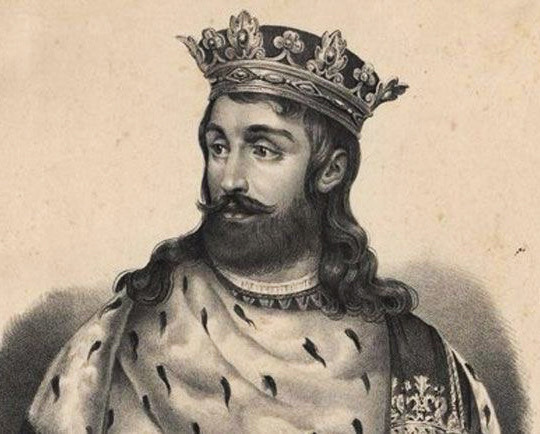
1) Pedro I of of Portugal, certainly, one if the most renowned portuguese monarchs, largely due to the saga of “love and passion” with Inês de Castro. Yet, it was common knowledge that she wasn't the Pedro’s only love: he harboured a passion for his squire, Afonso Moreira, a relationship that ended as disastrously as his other romantic (or not) entanglements. On one fateful occasion, Afonso was caught in bed with Catarina Tosse, wife of Lourenço Gonçalves, who was an esteemed magistrate.
Throughout his reign, Pedro earned the epithet “the Cruel” for his ruthless administration of justice, whereby transgressions of any magnitude often resulted in swift execution. Pedro’s decision to order Afonso’s castration as punishment for his adultery starkly manifested his merciless ethos. Nevertheless, according to Fernão Lopes, a chronicler of portuguese court at the time, in chapter VIII of “Crônica de el-rei D. Pedro I”, his harshness stemmed from a surge of jealousy on the king’s part upon discovering his beloved squire’s relationship with a woman.
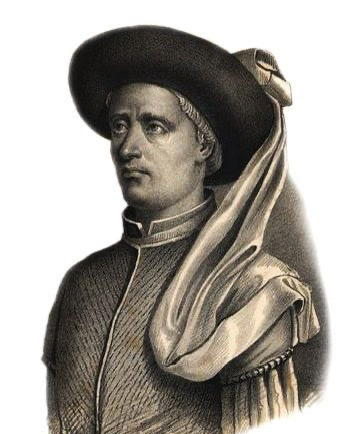
2) Prince Henry, revered as “the Navigator”, occupies a central role particularly during the epoch of maritime exploration.
He was hailed as “chaste prince”, having never entered into wedlock, with no historical accounts suggesting (with certainty) any relationships with women. In the annals of 1444, Henry experienced the loss of a “dear friend” in Ceuta, a tragedy that pluged him into 3 months of profound mourning. Both his father, King John I, and his brother, King Edward, counselled him to “rein in his emotions, lest he indulge men beyond what virtue dictates.”
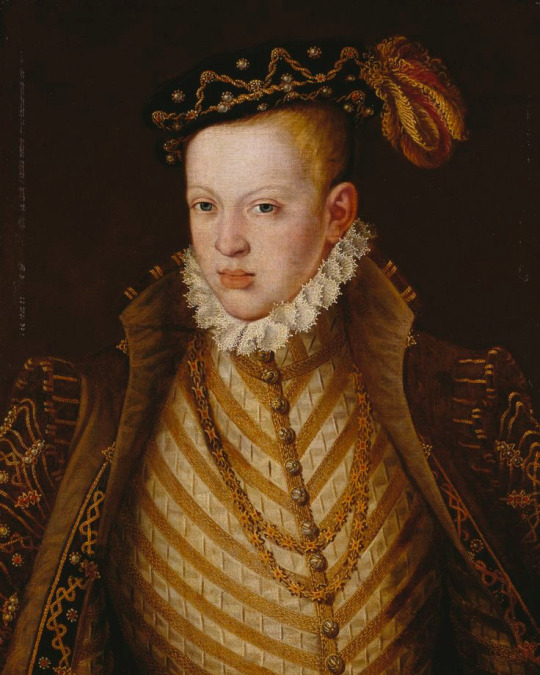
3) King Sebastian contracted gonorrhoea at the age 10/11, a malady documented in medical records at the time that rendered him sexually impotent. Some historians posit that this affliction may have dissuaded Sebastian from pursuing matrimonial unions or romantic relationships with women.
Even though, the “Crônicas de el-rei D. Sebastião” by Friar Bernardo da Cruz recounts an incident during a hunt in the Alentejo, where the entourage of nobles accompanying King Sebastian were stirred by a commotion. Investigating the disturbance, they stumbled upon the monarch locked in an embrance with a fugitive slave amidst the woodland.

4) King Afonso VI, sibling to Queen Catarina of Braganza, earned a reputation for rebeliouness and unruliness from a tender age, yet he harboured no ambitions for kingship.
His reign , marred by a series of missteps, was etched in history for its futile ventures. Despite grappling with severe health afflictions — such as partial paralysis stemming from hemiplegic fever, and scourge of bulimia — Afonso found solace in nocturnal escapades with his inner circle of friends. Among them was António Conti, an intalian peddler of opulent attire and accoutrements to Europe’s nobility. Conti’s sway in Afonso’s court burgeoned as he assumed the role of sartorial advisor and facilitator of introductions to foreign luminaries. Also, both grew increasingly closer to esch other, with Afonso avoiding royal gatherings to spend time with Conti, mostly in his chambers.
In 1666, Afonso took the hand of Maria Francisca Isabel of Savoy, yet their union was fleeting. Maria, citing non-consummation owing to Afonso’s hemiplegia, sought an annulment. In letters to his sister, he bemoaned Maria’s coercive measures, by which she compelled him into relationships with 14 courtesants in a bid to unearth the root of their marital discord.
Seeking to shield Afonso’s sovereignty and secure the portuguese lineage, Luisa de Gusmão, his mother, sanctioned the arrest and subsequent exile of Conti to the distant shores of Brazil.
#i am sorry for how long it is#but i really wanted to post it#so there you have#theres other monarchs to talk about#but these are the ones with the most evidences#pedro i of portugal#prince henry#king sebastian#afonso vi of portugal#historical facts#portugal
13 notes
·
View notes
Text

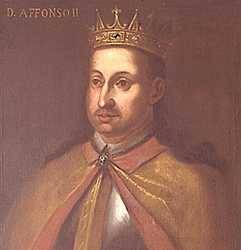
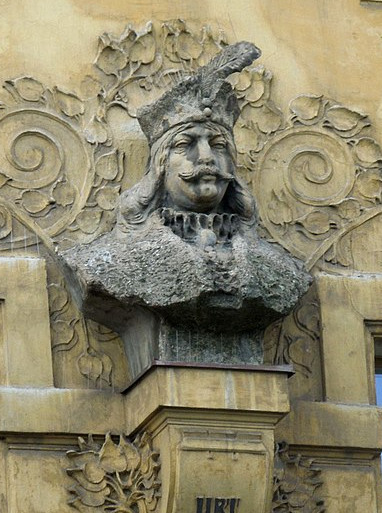

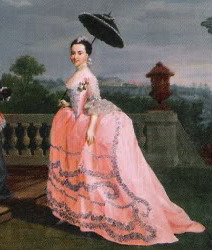





Royal Birthdays for today, April 23rd:
Malcolm IV, King of Scotland, 1141
Afonso II, King of Portugal, 1185
George of Poděbrady, King of Bohemia, 1420
Joan of France, Queen of France, 1464
Charlotte Amalie of Holstein-Plön, Duchess of Schleswig-Holstein-Sonderburg-Augustenburg, 1744
Aisha bint Al Hussein, Princess of Jordan, 1968
Zein bint Al Hussein, Princess of Jordan, 1968
Gabriella Kingston, Daughter of Prince Michael of Kent, 1981
Laetitia Maria of Belgium, Archduchess of Austria-Este, 2003
Louis of Wales, British Prince, 2018
#prince louis#Laetitia Maria of Belgium#Gabriella Kingston#Zein bint Al Hussein#Aisha bint Al Hussein#Charlotte Amalie of Holstein-Plön#joan of france#George of Poděbrady#afonso ii#malcolm iv#long live the queue#royal birthdays
18 notes
·
View notes
Text

Afonso Coelho
#Afonso Coelho#ballerino#bailarín#danseur#ballet men#dancer#male dancers#ballet#boys of ballet#dance#tänzer
39 notes
·
View notes
Photo

Diogo Afonso by Sasha Olsen
#diogo afonso#male model#male body#male beauty#male form#male butt#men#model#male#sasha olsen#photography#handsome male#beautiful men#gorgeous#cute guys#cute boys#hot model#hot male
404 notes
·
View notes
